HEALTHCARE ETHOGRAPHIC STUDY -
PATIENTS' JOURNEY
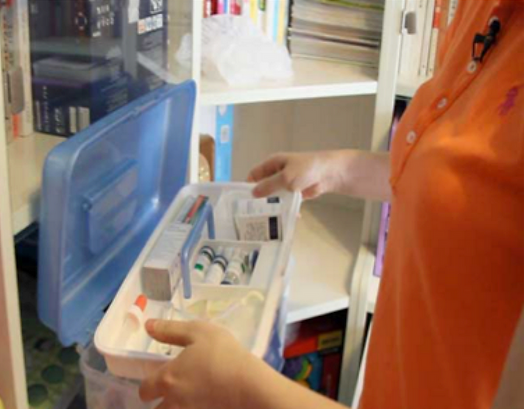
MY ROLE
I served as lead researcher and project owner. I led the research efforts by designing the research plan, conducting participant observation and ethnographic interviews, facilitating focus groups, synthesizing and editing data gathered, trained videographers and clients on ethnographic fieldwork techniques, uncovering key insights and opportunities, creating research deliverables, and presenting insights in person.
My goal was to advocate for video ethnographic research to amplify empathy; by walking through the insights and findings with various client stakeholders with videos and narrative reports.
RESEARCH OBJECTIVES
-
To understand the patient journey of COPD and asthma patients in the spectrum of severity, health conditions, age group, needs and practices in two cities in China
-
To identify communication opportunities to different types of patients according to their behaviors
-
To understand patients' lifestyles, medication regimen, emotions, and reactions towards the disease
QUOTA SAMPLING
The intention is to both fulfill client's requirement and capture a wide spectrum of patients in this foundational study
-
A good spread of life stages
-
Include caretakers for children patients
-
A mix of gender
-
A mix of different high, mid, lower mid household income
-
A mix of duration of coping with asthma, from newly diagnosed to those over 2 years
-
Patients who required medical attention at a hospital for an acute asthma exacerbation.
-
Mix asthma or combined with other diseases such as COPD
-
Patients must be currently treated in tier I/II/III hospitals
-
Include lapsed drop out from a formal treatment
KEY RESEARCH STEPS

Online diary (adult patients)
I designed and conducted a one-week online diary prior to fieldwork to get some understanding about adult patients, including their lifestyle, treatment regimen, and feelings regarding the disease.
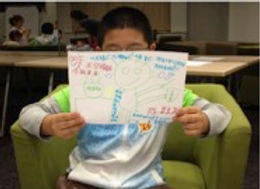
Drawing (child patients)
I facilitated a children "playgroup" and asked young children patients to draw pictures that describe their feelings regarding the disease.

Video ethnography
I conducted 16 day-in-the-life participant observations with a professional videographer in two Chinese cities. I supervised the crafting of the resulting films.
The Patient Journey
The journey of getting proper treatment and adhere to the treatment is not straightforward. It takes time for patients to make sense of their illness. They tried Chinese medicine, Western medicine and alternative treatment in the process.
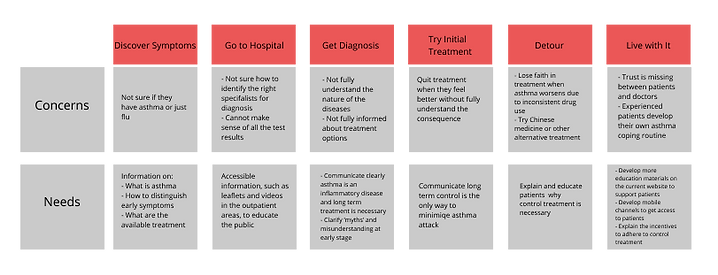
Patients Typologies
I created different typologies of patients based on their behaviors and highlight their needs. The conformists believe and comply with doctors' instructions, the negotiators do not fully believe in doctors' advice. They collected data from different media. They believe everyone reacts differently towards treatment. They want to pursue a customized treatment that fits them. Autonomists are experienced patients who are confident about their own decisions. They perceived themselves as semi-professionals.

USER EXPERIENCE RESEARCH -
USER NEEDS ON DATABASE
MY ROLE
I was embedded in a project team, conducted generative research to understand the user needs for a database for an oil and gas company. I stayed through the cycle of innovation and conducted evaluative study for the product.
RESEARCH OBJECTIVES
-
To identify workflow of 3 functional teams
-
To identify how data flow and hand off process during development planning
-
To translate research insights to features
-
To evaluate wireframes and coded prototypes
SAMPLING
-
The population is relatively small. In some roles, we need to take the whole population
-
Apart from hard quota pertinent to business strategies, I included both managers and non-managers, 3 years or above experience in the current role
KEY RESEARCH STEPS

In-depth interview & co-creation session
During the interviews, respondents felt more comfortable to show how they generated and handed off data at their laptop. Yet it was difficult for me to get a big picture of their workflow. I started to sketch my understanding of their work routine based on their answers, invited them to edit and add their thoughts. I took them away from the computer and yet we built the workflow chart together successfully and had fun.
Card Sorting
Sorting out what data users need to kick start their planning work, what data they need to generate and what data they need to hand off to other teams during each development planning stage. It is another way to understand data flow in addition to interviews
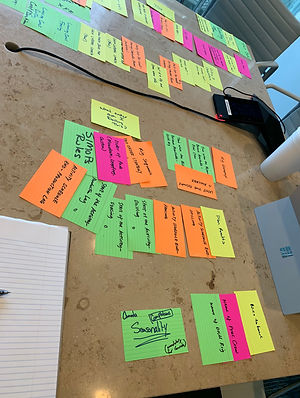
Analysis and Synthesis Process
I used Elito method for analysis and synthesis - compiled the observations and verbatim, values, judgments and concepts. Then I categorized the data into 5-6 major themes

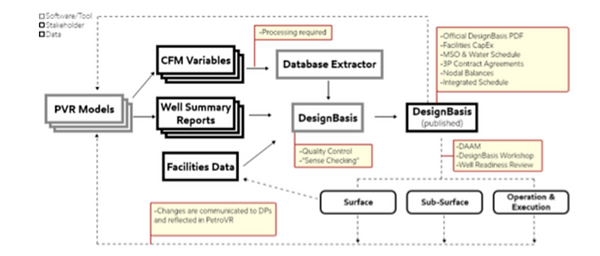
Workflow Diagram
Based on the findings, our team created workflow diagram for each role indicating the pain points in the process

Personas
I created persona on each key role, documenting their roles, pain points and opportunities for the the database. I also wrote a couple paragraphs to build the scenario, and extracted verbatim from the interview in order to put the personas in context

Evaluation and Iteration
Designers and researchers in the study agreed to engage users in the whole innovation process to ensure our design addressed their needs. We had users review our low fidelity wireframes and we further iterated them according to the feedback we collected
We included respondents that closely participated in our project as well as those who had not heard about it to our usability testing sessions. I wrote the script to test both wireframes and coded prototypes. The report highlighted some heuristics issues with indication on severity and frequency